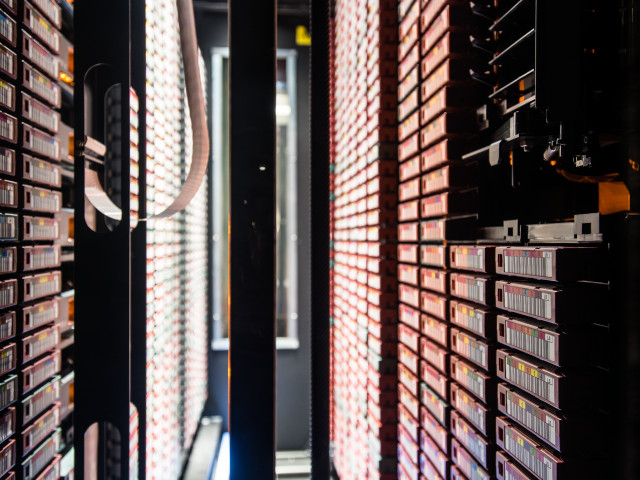II1310 Introduction to Computer Studies 1.5 credits
This course has been discontinued.
Last planned examination: Spring 2000
Decision to discontinue this course:
No information inserted
Content and learning outcomes
Course contents
See "Learning outcomes".
Intended learning outcomes
The overall goal of this course is to give new students sufficient skills and understanding of the computing environment and information systems which are at hand at school of ICT. Another goal is to provide students with preparatory skills and understanding of programming.
After the course, participants will be able to:
- join the school's computer network with their laptop, smartphone or Tablet and access the Internet.
- over the Internet to find schedule and course information (course catalog and course websites) as well as information from studies, program and student union, the rules / obligations, ITservice / support, forms, department pages and more.
- log in and familiar with the Royal Institute of Technology's support for education administration and teaching, such as Form, My Pages, KTH Social, Daisy, userdb, library and student handbook.
- manage their user account at KTH and read / configure their e-mail, and save files and know where to publish their own material in his public portfolio in KTH Social.
- download and install software from KTH's program library and Microsoft and other sources.
- protect their computers against viruses, intrusions, etc., and understand the importance of "upgrade" but also the problems this can entail.
- use basic word processing at report writing and documentation, and create PDF documents and be familiar with common file types.
- print on school printers and know how much that can be printed.
- use, for teaching, available networks and connect via computer in the general computer lab for their personal account and do file transfers.
- log on to the school's Windows machines and use the school's UNIX systems.
- have a glimpse into a simpler form of programming, basic terms, concepts and approaches.
- as examples of the computer exercise and homework, understand the code and make changes to a simple C program.
Literature and preparations
Specific prerequisites
Completed upper secondary education including documented proficiency in Swedish corresponding to Swedish B and English corresponding to English A. For students who received/will receive their final school grades after 31 December 2009, there is an additional entry requirement for mathematics as follows: documented proficiency in mathematics corresponding to Mathematics A. And the specific requirements of mathematics, physics and chemistry corresponding to Mathematics D, Physics B and Chemistry A.
Recommended prerequisites
Basic user skills in computers and the Internet
Equipment
We assume that all the students at KTH ICT has or acquire a laptop of thier own. Use your "laptop" in this course to learn how to integrate with school ICT environment. If you have not had time to get a computer to the start of course, there are a few computer labs that can be exploited.
Literature
Ingen specifik litteratur anges. Så gott som all information finns på Internet.
Rådgör med läraren ifall du tänker köpa någon bok.
Examination and completion
If the course is discontinued, students may request to be examined during the following two academic years.
Grading scale
Examination
- RED1 - Report, 1.5 credits, grading scale: P, F
Based on recommendation from KTH’s coordinator for disabilities, the examiner will decide how to adapt an examination for students with documented disability.
The examiner may apply another examination format when re-examining individual students.
- Submitted and approved report.
- Approved "Quiz".
Other requirements for final grade
Grade that is used in the course are Pass (P), Fail (F).
To pass the course, the submission of a report before the specified deadline isrequired. Check deadline with your teacher!
You can not submit the report at a later date and get the course approved. The report is submitted through the course platform "Bilda".
For completion it also requires a passing grade on the course "Quiz" (questionnaire to be filled in via the web). Also this must be answered before the deadline and can not be complete after the course ended.
Students who have not completed the course within the nominal course time will be removed from the course (it is not possible to complete this course at a later date as is common for other courses).
Opportunity to complete the requirements via supplementary examination
Opportunity to raise an approved grade via renewed examination
Examiner
Ethical approach
- All members of a group are responsible for the group's work.
- In any assessment, every student shall honestly disclose any help received and sources used.
- In an oral assessment, every student shall be able to present and answer questions about the entire assignment and solution.
Further information
Course room in Canvas
Offered by
Main field of study
Education cycle
Add-on studies
Contact
Supplementary information
The course is offered, particularly to new students, at KTH ICT as a preparation.
The course is optional but recommended.
Old Course websites:
http://www.ict.kth.se/courses/II1310
Completed course (course credits) can be included in the nominal score required for graduation in engineering programmes at KTH ICT. Typically 300 credits for Master of Science in Engineering and 180 credits for Bachelor of Science in Engineering.